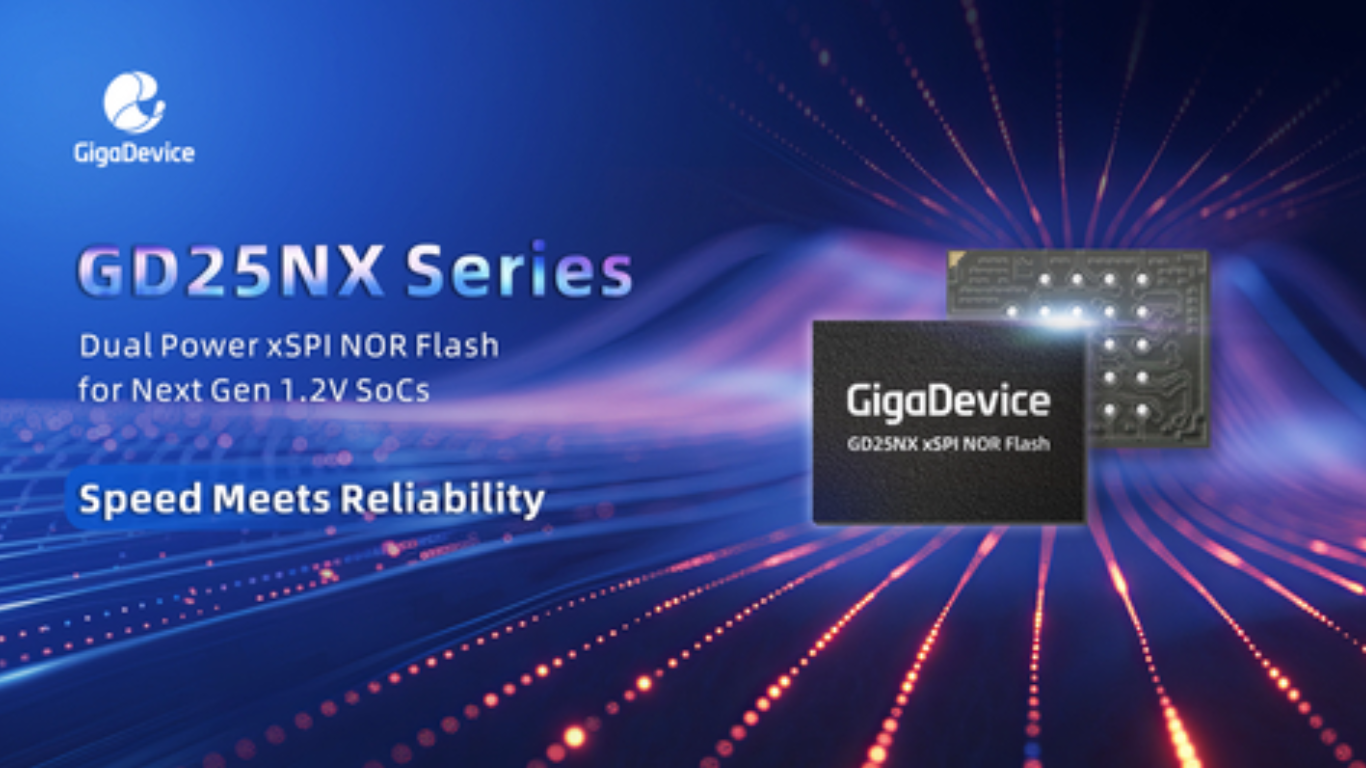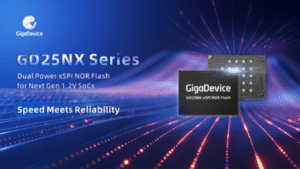Nonprofit teams work with tight budgets and high expectations — from funders, regulators, and their own mission goals. In recent years, board operations have shifted rapidly to digital formats. According to a 2024 Nonprofit Technology Trends Survey, 85% of nonprofits use financial management and accounting software, 64% utilize donor management or CRM solutions, and 28% employ budgeting and planning tools. This shift makes choosing the right tool from a comparison of nonprofit board portals more important than ever.
When that system is set up, boards have more time for making decisions and not for managing logistics. They make it easier by reducing the amount of time you spend hunting down emails, organizing printed agendas, or dealing with file exchange.
What to look for in board portals for nonprofits
Unlike in for-profit companies, nonprofit boards frequently consist of volunteers, part-timers, or people new to technology. That makes ease of use a key priority. A strong board portal for nonprofits keeps everyone on the same page, regardless of location or tech skill level.
Top features to consider include:
- A central hub for meeting agendas and materials
- Secure document storage with permission controls
- Voting and resolution tracking tools
- Calendar integration and automated reminders
- Mobile access for on-the-go board members
Platforms tailored to nonprofits also tend to include flexible pricing and support for mission-driven organizations.
Top nonprofit board platforms for 2025
The market is full of options, but not all were built with nonprofit governance in mind. These platforms are chosen for being both wallet-friendly and secure, and are designed specifically for nonprofit groups.
1. Boardable
Who it’s for: Small and medium organizations requiring a fast and flexible way to run online fundraising campaigns.
People like Boardable because its layout is clear and it is simple to use. It’s made for nonprofits that want control over scheduling, document sharing, and decision-making.
Core tools:
- Click-and-drag agenda builder
- Online voting and polls
- Document library with access settings
- Attendance and meeting recap features
Many organizations start with Boardable after performing a board portal software comparison because of its usability and nonprofit discounts.
2. BoardEffect
Best fit: Nonprofits with structured boards and recurring reporting needs.
BoardEffect supports boards that need to document compliance, track responsibilities, and manage long-term strategy. It’s part of the Diligent family, known for professional governance tools.
Features include:
- Multi-committee management
- Secure messaging and file sharing
- Governance cycle tracking
- Reporting and task follow-up tools
It frequently shows up on lists of board portal software for nonprofits because of its administrative depth.
3. Aprio
Ideal for: Organizations prioritizing secure collaboration.
Aprio offers strong security features, customizable user permissions, and straightforward navigation. It’s a good option for boards that need to maintain accurate records and manage sensitive data.
Key features:
- Audit trail and access logs
- Easy-to-use meeting book builder
- Voting tools and task reminders
- Full control over file permissions
Aprio is commonly recommended when searching for dependable board of directors software that doesn’t require a large IT team to manage.
4. Govenda
Good for: Growing nonprofits with multiple boards or committees.
Govenda (formerly BoardBookit) brings modern design and strong functionality together. Its tools help manage meetings, documents, and users — all in one place.
Platform strengths:
- Real-time dashboards
- Automated workflows and task alerts
- Secure file repository
- Support for remote onboarding
Govenda earns its place in any thorough comparison of nonprofit board portals by offering a balance of power and simplicity.
5. BoardSpot
Designed for: Volunteer boards and lean organizations.
BoardSpot is streamlined and affordable. It covers all the basics without overwhelming users, making it a smart starting point for nonprofits going digital for the first time.
Useful tools:
- Agenda and minutes templates
- File uploads with role-based access
- RSVP and attendance tracking
- No per-user fees or surprise charges
Nonprofits that want reliable board software without unnecessary extras often choose BoardSpot for its simplicity and pricing model.
How to choose the right tool
It’s not just about features — it’s about fit. Good board management software should work for your board today and scale with you if needed. Think about your team’s comfort with technology, how frequently you meet, and how much admin time you’re spending now.
Ask yourself:
- Can new members get up to speed quickly?
- Does it support voting, task assignments, and file sharing?
- Are pricing plans based on usage or flat-rate?
- How well does it work on mobile devices?
- Is data stored securely, with backups?
Before you decide, request a demo or trial to test the interface. Some platforms even offer nonprofit-specific onboarding sessions or customer support channels.
Why are more boards going digital?
Even before the pandemic, many nonprofits were moving to cloud-based tools. Now, it’s the standard. Boards need digital systems to keep track of files, decisions, and responsibilities — especially when members are working remotely or joining meetings online.
Reliable board meeting software offers a better experience for everyone involved. It simplifies communication, improves accountability, and makes follow-up faster. Whether you meet monthly or quarterly, online tools help you stay organized and reduce errors.
Using dedicated board portal software also helps with transparency, a growing expectation from donors, auditors, and the community.
Conclusion
Choosing a digital board platform is one of the simplest ways nonprofits can improve governance without adding more work. The best board portal platforms offer useful features, fair pricing, and support built for nonprofit workflows.
If you’re evaluating systems this year, look for those mentioned here. From robust platforms like BoardEffect and Govenda to lean, affordable tools like BoardSpot, there’s something for every type of nonprofit. And when you’re comparing vendors, don’t forget to check support, onboarding help, and mobile compatibility.
When implemented well, the right board management software for nonprofits can free up time, improve communication, and help your board run more effectively, so you can spend more time on your mission and less time on administration.
Blog as received in the mail






























